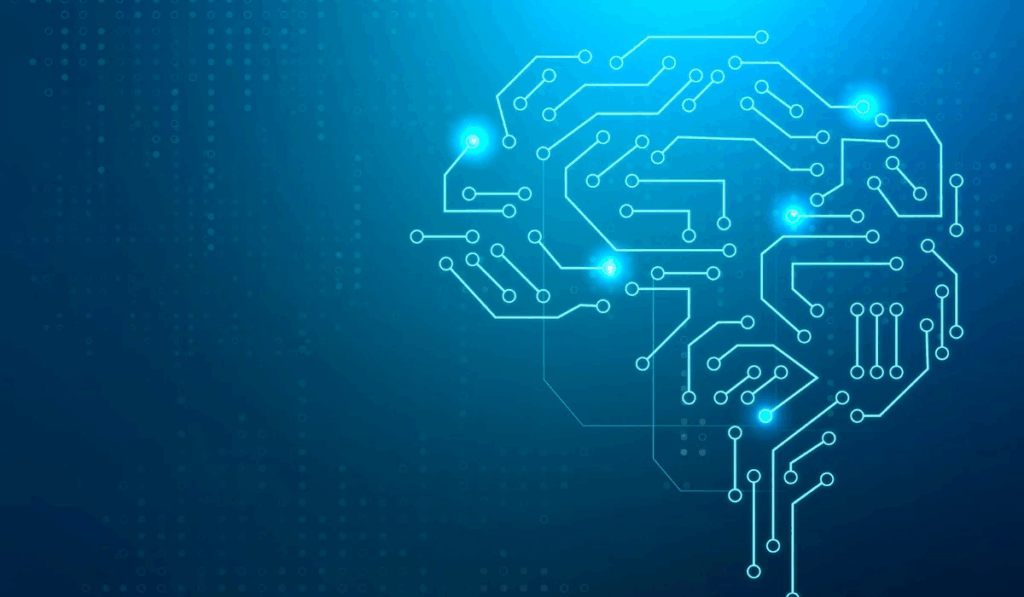
The world of machine learning is in constant motion, with frameworks and libraries evolving at a rapid pace. For aspiring freshers and seasoned data scientists alike, staying up-to-date with the newest features and latest advancements in key tools like PyTorch, TensorFlow, and Scikit-learn is crucial. As we move through 2025, these powerhouses continue to introduce exciting new features and improvements that are reshaping how we build, train, and deploy machine learning models. Whether you’re considering a Data Science Course or are already working in the field, understanding these updates will give you a significant edge.
PyTorch in 2025: Embracing Flexibility and Production Readiness
PyTorch, known for its dynamic computation graphs and Pythonic interface, has consistently pushed the boundaries of deep learning research and development. In 2025, we’re seeing a continued emphasis on bridging the gap between research agility and production scalability.
One significant area of development is enhanced support for distributed training. Expect further refinements to tools like torch.distributed and integrations with cloud platforms, making it easier than ever to train massive models across multiple GPUs and nodes. This is particularly relevant for tackling increasingly complex tasks in fields like natural language processing and computer vision. Furthermore, PyTorch is likely to introduce more streamlined workflows for model deployment, potentially with tighter integrations with serving frameworks and improved support for mobile and edge devices. This focus on production readiness makes the skills learned in a comprehensive course that includes PyTorch highly valuable in the industry.
Another exciting trend in PyTorch is the ongoing evolution of its ecosystem. Expect to see more robust and user-friendly libraries for specialised tasks, such as time series analysis, graph neural networks, and reinforcement learning, building on the foundation of PyTorch’s core flexibility. The emphasis remains on providing researchers and practitioners with the latest tools they need to innovate quickly and efficiently.
TensorFlow in 2025: Strengthening the End-to-End Ecosystem
TensorFlow, with its focus on production deployment and a comprehensive ecosystem, continues to evolve in 2025. A key area of development is the strengthening of its end-to-end capabilities, from data ingestion and preprocessing to model training, evaluation, and deployment.
Expect to see advancements in TensorFlow Data (TFDS) and TensorFlow Transform (TFT) for more efficient and scalable data handling. Furthermore, TensorFlow is likely to introduce more intuitive and powerful tools for model building, potentially with further integration of Keras as the high-level API. The focus remains on providing a unified and user-friendly platform for both beginners and experienced practitioners. For those pursuing a Data Science Course in Pune, TensorFlow’s robust production capabilities make it a highly sought-after skill.
TensorFlow Lite, for mobile and edge deployment, is also expected to see significant improvements in 2025, with enhanced support for a wider range of hardware and optimised inference capabilities. This is crucial for releasing machine learning models in real-world applications, from smartphones to IoT devices. Additionally, TensorFlow continues to invest in tools for responsible AI, such as fairness metrics and interpretability techniques, reflecting the growing importance of ethical considerations in machine learning development.
Scikit-learn in 2025: Expanding Classical Machine Learning and Interoperability
Scikit-learn, the go-to library for classical machine learning algorithms in Python, continues its steady evolution in 2025. While not focused on deep learning like PyTorch and TensorFlow, Scikit-learn remains an indispensable tool in the data science toolkit, providing efficient implementations of a wide spectrum of algorithms for tasks like classification, regression, clustering, and dimensionality reduction.
In 2025, we can anticipate further enhancements to existing algorithms, potentially with improved performance and scalability for larger datasets. There’s also likely to be continued development of new algorithms and techniques, possibly in areas like causal inference and more advanced model selection methods. The library’s commitment to a consistent and user-friendly API remains a key strength. A solid understanding of Scikit-learn is often a foundational element of any comprehensive course.
Furthermore, Scikit-learn is increasingly focusing on interoperability with other libraries in the Python data science ecosystem. Expect to see smoother integration with tools like Pandas for data manipulation and potentially even more seamless workflows with deep learning frameworks for hybrid modelling approaches. This focus on interoperability makes the skills learned in a Data Science Course in Pune that covers Scikit-learn highly transferable and applicable in diverse projects.
The Synergy of These Frameworks
It’s important to note that PyTorch, TensorFlow, and Scikit-learn are not mutually exclusive. In many real-world projects, data scientists leverage the strengths of each library. For instance, Scikit-learn might be used for initial data exploration and baseline model development, while PyTorch or TensorFlow could be employed for building and deploying more complex deep learning models. Understanding how these frameworks can work together is a prerequisite skill for any aspiring data scientist.
Conclusion: Staying Ahead in a Dynamic Field
The ML playing field is constantly evolving, and the updates to PyTorch, TensorFlow, and Scikit-learn in 2025 reflect this dynamism. PyTorch continues to bridge the gap between research and production, TensorFlow strengthens its end-to-end ecosystem with a focus on deployment and responsible AI, and Scikit-learn expands its classical machine learning capabilities while enhancing interoperability. Staying informed about these advancements is essential for everyone involved or aspiring to join the field of data science. By continuously learning and adapting to these new tools and techniques, whether through a formal Data Science Course or self-study, data scientists can remain at the front-line of innovation and drive meaningful impact with machine learning.
Business Name: ExcelR – Data Science, Data Analyst Course Training
Address: 1st Floor, East Court Phoenix Market City, F-02, Clover Park, Viman Nagar, Pune, Maharashtra 411014
Phone Number: 096997 53213
Email Id: [email protected]
